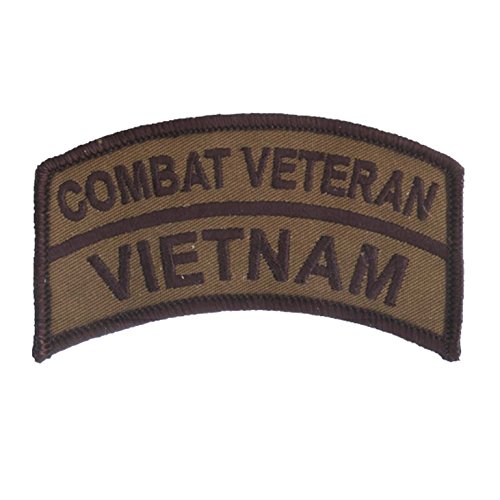Electric Bass Lines No.5&6
Appliances
Arts, Crafts & Sewing
Automotive
Baby
Beauty
Books
CDs & Vinyl
Collectibles & Fine Arts
Cell Phones & Accessories
Clothing, Shoes & Jewellery
Computers
Electronics
Health & Personal Care
Home & Kitchen
Industrial & Scientific
Luggage & Travel Gear
Musical Instruments
Office Products
Patio, Lawn & Garden
Pet Supplies
Software
Sports & Outdoors
Tools & Home Improvement
Toys
Video Games







![Spigen Screen Protector Tempered Glass [GlasTR EZ FIT] designed for Galaxy A56 5G / Galaxy S24 FE/Galaxy M56 5G [Case Friendly] - 2 Pack](https://m.media-amazon.com/images/I/41AcGzGU+nL._SL160_.jpg)



